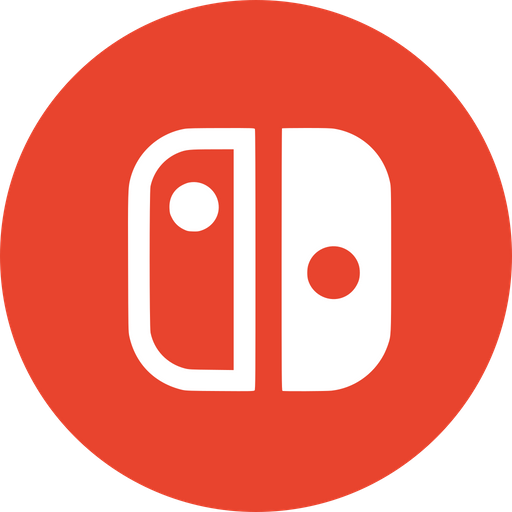

the fact that it still includes USB-A ports
Why complain about this? This is a good thing. Most people have USB-A peripherals and the majority of new keyboards and mice even in 2025 still rely on it. Game controllers too: Switch 2 Pro, Xbox Elite 2, 8bitdo wireless controllers, and many others all include a USB A to C cable (cables with USB-C on both ends can be used too but need to be bought separately) for charging and optional wired play, and all modern wired-only controllers use a USB-A cable. Far better for the device to offer USB-A ports than force most users to buy USB-A adapters.
This system does have one USB-C port on the back, though it would be better if it had one on the front too in addition to the USB-A ones.







The absence of JMAP support seems even more strange when considering that the Thunderbird team is planning to sell email hosting with server software (Stalwart) that not only supports JMAP but seems to have a strong focus on it.
The Thunderbird Pro team even made a blog post today with pictures for the Thundermail account dashboard, one of which shows JMAP info: https://blog.thunderbird.net/2025/11/thunderbird-pro-november-2025-update/